Annona purpurea (Soncoya)
Top Tropicals Plant Encyclopedia
Botanical names: Annona purpurea, Annona diversifolia
Common names: Soncoya, Toreta, Ilama, Cabeza de Negro
Family: Annonaceae
Origin: Mexico, Panama, Colombia, Venezuela






Annona purpurea (Soncoya) tree is a medium-sized tree with a trunk that usually branches fairly low. It is native to Mexico, Panama, Colombia, and Venezuela, and can be grown in USDA hardiness Zone 9-11. It produces showy, fragrant pink flowers in May, June, and July, and from August to October, its green fruit with small spines develops. The fruit is rounded and 6-8 inches in diameter, covered with a felt-textured brown skin and hook-like projections. The fruit pulp is edible and has a sweet, fruity flavor. It can be eaten raw, strained for juice, or mixed with other ingredients for various drinks and folk remedies. In Mexico, Soncoya juice is regarded as a remedy for fever and chills. It is given to relieve jaundice, probably because of its color.
The Soncoya requires a hot, humid climate, and for optimal growth, the soil should be well-draining. For trees grown in a pot, a soil-less mix is best. In regions with colder climates, the trees should be placed in a south-facing location and given additional protection such as a windscreen, or bringing the pot indoors during the winter months. It is important to follow a regular watering regime, so that the soil is kept evenly moist but not soggy. It may also be necessary to provide additional fertilizer to the plant during the growing season.
Similar plants: Annona purpurea (Soncoya)
- Annona cherimola (Cherimoya)
- Annona cherimola x Annona squamosa (Atemoya)
- Annona diversifolia (Annona ilama)
- Annona glabra (Pond Apple)
- Annona haitiensis (Annona)
- Annona hayesii (Wild Cherimoya)
- Annona hypoglauca (Wild Cherimoya)
- Annona maritima (Aratikum)
- Annona montana (Mountain Soursop)
- Annona muricata (Soursop)
Shipped at customers risk, no replacements or refunds. Leaf drop possible. We guarantee healthy plant to be shipped and the best packaging. Express shipping optional.
Recommended Fertilizer: SUNSHINE C-Cibus - Crop Nutrition Booster
SUNSHINE-Honey - sugar booster
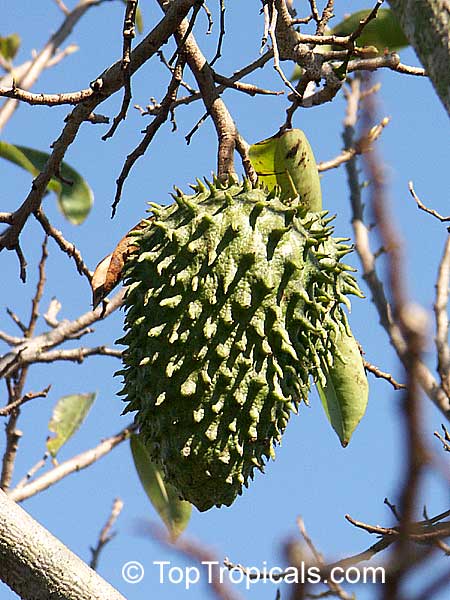
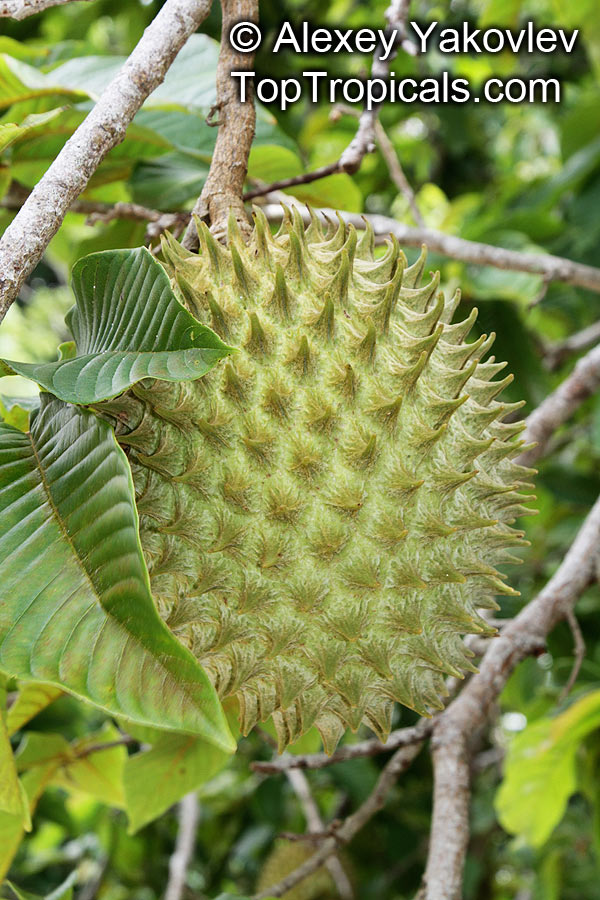
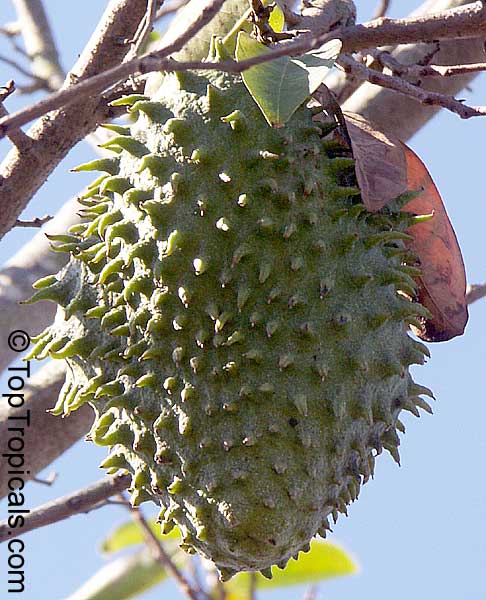
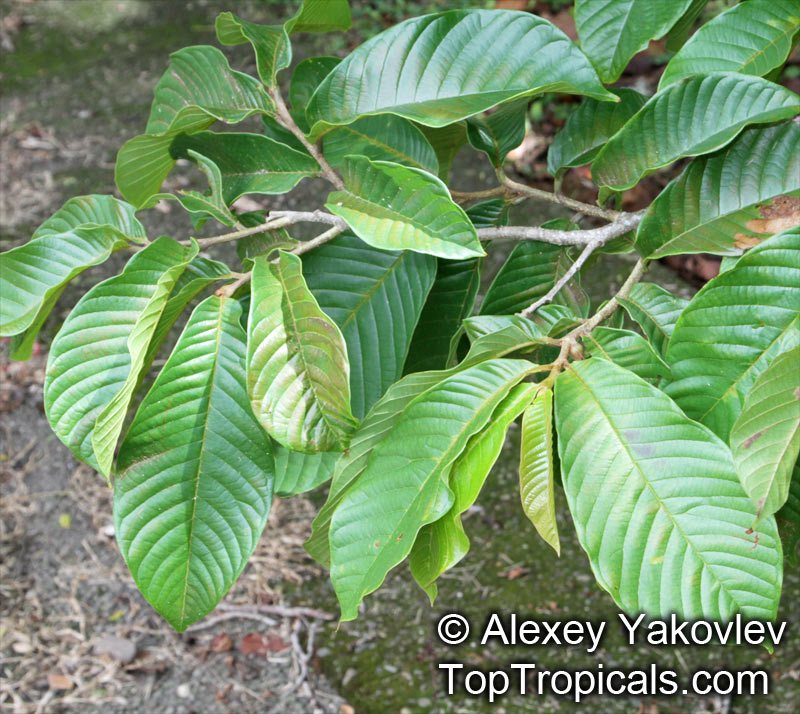
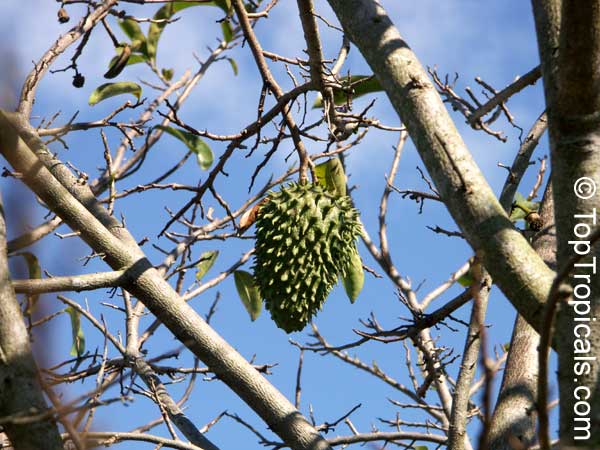
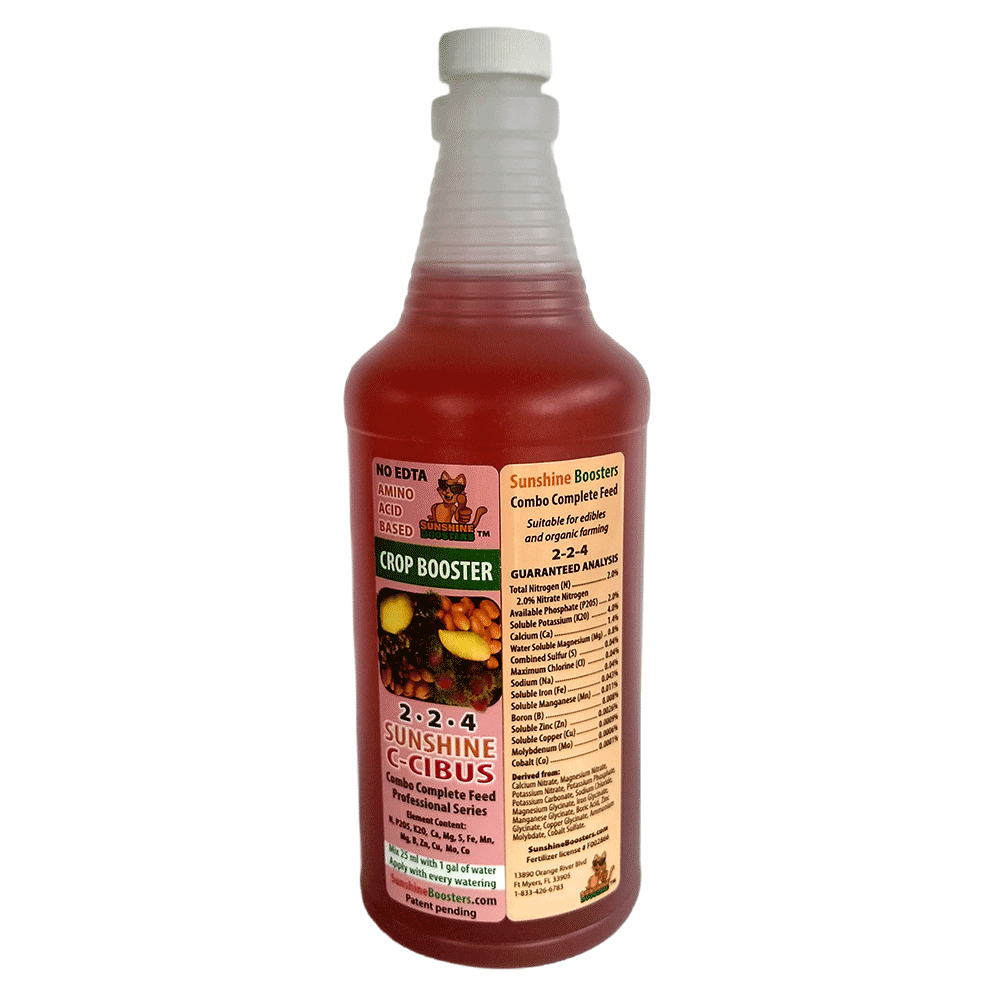 SUNSHINE C-Cibus (NPK 2-2-4) - Crop Booster for every watering.
SUNSHINE C-Cibus (NPK 2-2-4) - Crop Booster for every watering. 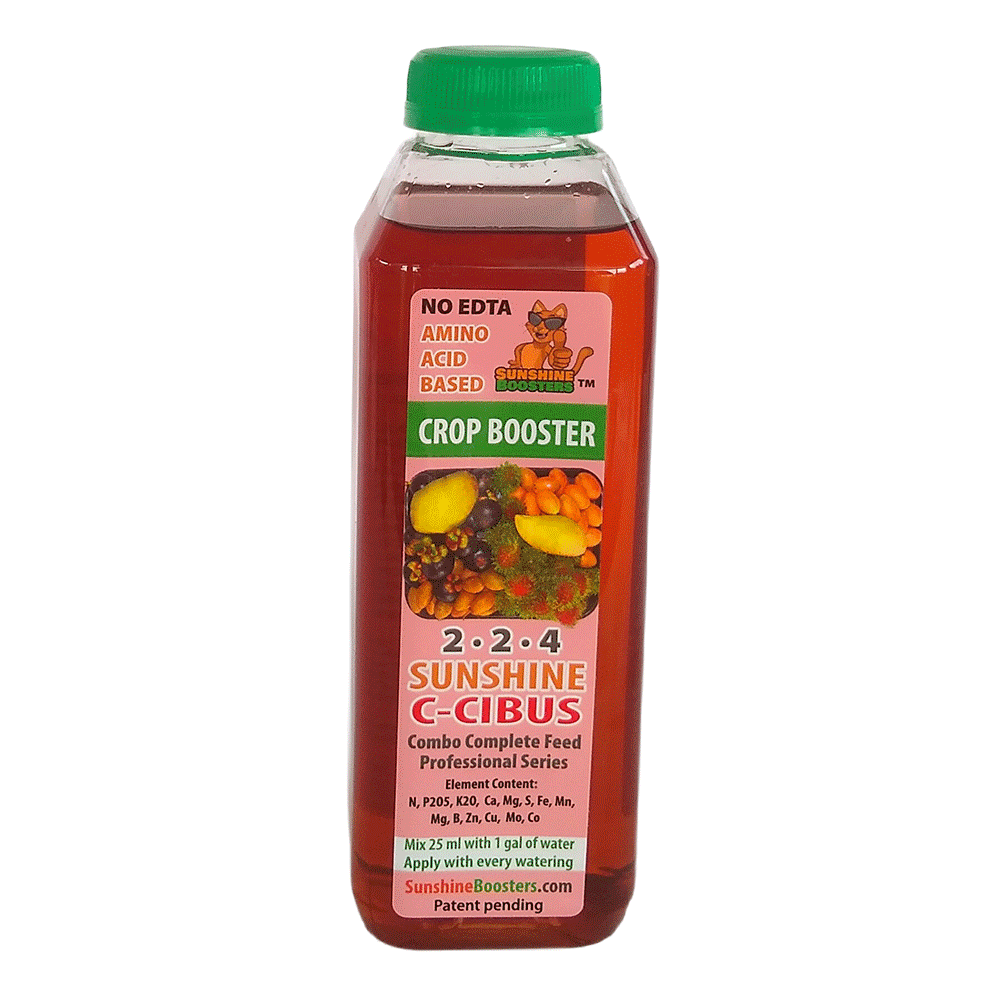 SUNSHINE C-Cibus (NPK 2-2-4) - Crop Booster for every watering.
SUNSHINE C-Cibus (NPK 2-2-4) - Crop Booster for every watering.